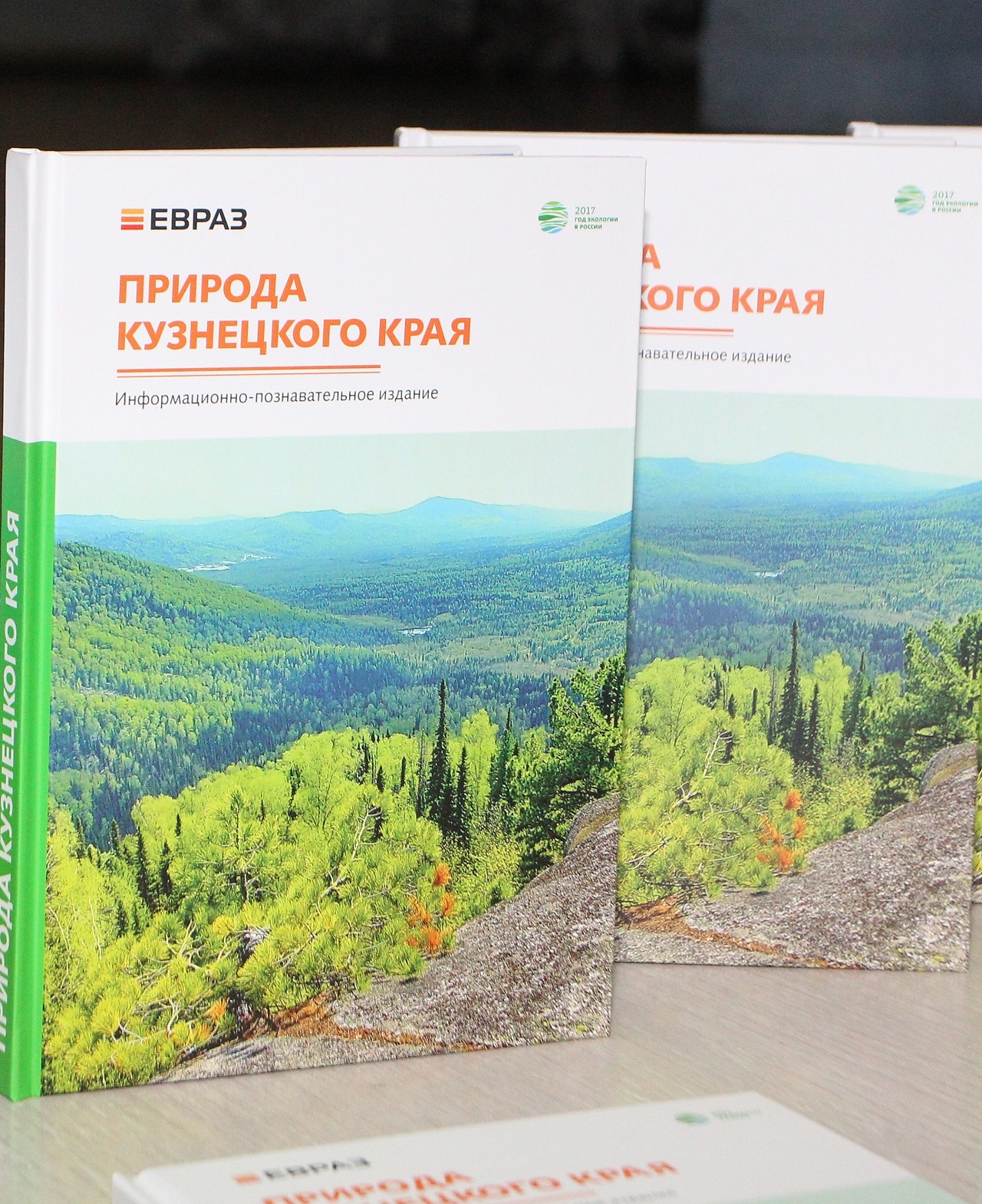Protecting biodiversity
The Group’s operations do not take place in any specially protected natural reservations or areas of high biodiversity value, however, we are aware of the possible ramifications that our mining and steelmaking operations have for biodiversity in areas where we operate. We therefore aspire to cultivate a culture of fostering among our employees a proper attitude towards nature and biodiversity, as well as to environmental project management and productive communication with local communities. As part of managing biodiversity, we place a special emphasis on encouraging local initiatives from our enterprises.
The major biodiversity issues we address comprise:
- The rehabilitation of disturbed lands and landscaping activities
- The restoration of aquatic biodiversity
- Socio-ecological campaigns being managed jointly by municipal administrations
Rehabilitation of disturbed lands and landscaping
EVRAZ implements a number of long-term projects that are designed to offset the environmental footprint of our activities.
- Since 2012 the Abagursky branch of EVRAZ ZSMK has been reclaiming tailing dump No.2, with a total area of 98 hectares.
- The Raspadskaya mine is delivering a project to rehabilitate 138 hectares of land disturbed during open mining since 2015.
The year 2018 saw the completion of a project to rehabilitate disturbed land at the old EVRAZ ZSMK waste storage area. A total of 17.9 hectares was rehabilitated, 2,400 pine seedlings were planted, and the territory was transferred to the Administration of Novokuznetsk.
Restoration of aquatic biodiversity
Ensuring that water ecosystems provide suitable habitats for various species is an integral part of EVRAZ stance on biodiversity. We are committed to implementing measures that help river species survive safely in water intake areas near our power plants.
A new fish protection device was commissioned in 2018 at the coastal pumping station in Novokuznetsk, which supplies water to the combined heat and power (CHP) plant of the West Siberian Metallurgical Plant. The new device helps prevent young fish from perishing in the water intake area on the Tom River. A two-barrier protection system ensures that large- and medium-sized fish are kept away from the water intake bucket of the pumping station using a small grid; fish are also repelled by an electric field that is created.
Socio-ecological campaigns
EVRAZ performs landscaping activities at the industrial sites and sanitary protection zones of our enterprises. As part of various environmental campaigns we plant trees in parks, squares, city streets, and territories around kindergartens. We run the Second Life to the Trees campaign, part of which involves bringing young trees from mining allotments (where forests are to be felled) and planting them in earmarked locations.
- Voluntary clean-ups, tree planting, building and setting up birdhouses.
- The Second Life to the Trees campaign: replanting young trees from mining allotments, where forest is to be felled.
- Big Green Games: participating in ecological clean-up contests between companies in Novokuznetsk.
- The “Clean Games” – a team game involving the collection and sorting of waste from parks.
- The Clean Shores for the Rivers campaign: cleaning up coastal areas.
- The Save the Spring campaign: activities to improve the condition of springs and wells.
As a part of our social activities, EVRAZ is committed to raise the awareness of specially protected natural zones and their inhabitants among the population.

In 2018 EVRAZ supported the publication of a book dedicated to the nature of the Kemerovo Region. The book comprises sections on specially protected natural reservations, local nature reserves, and eco-museums and provides extensive information about the inhabitants and geographic features of the region. The book will be used in thematic workshops and environmental literacy seminars. Experts from the Novokuznetsk culture department are planning to create ecological paths and walking routes based on the book.